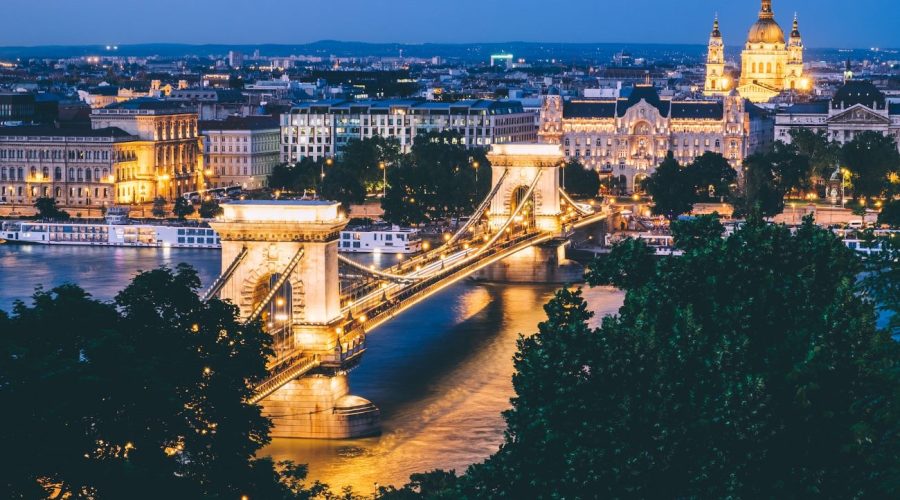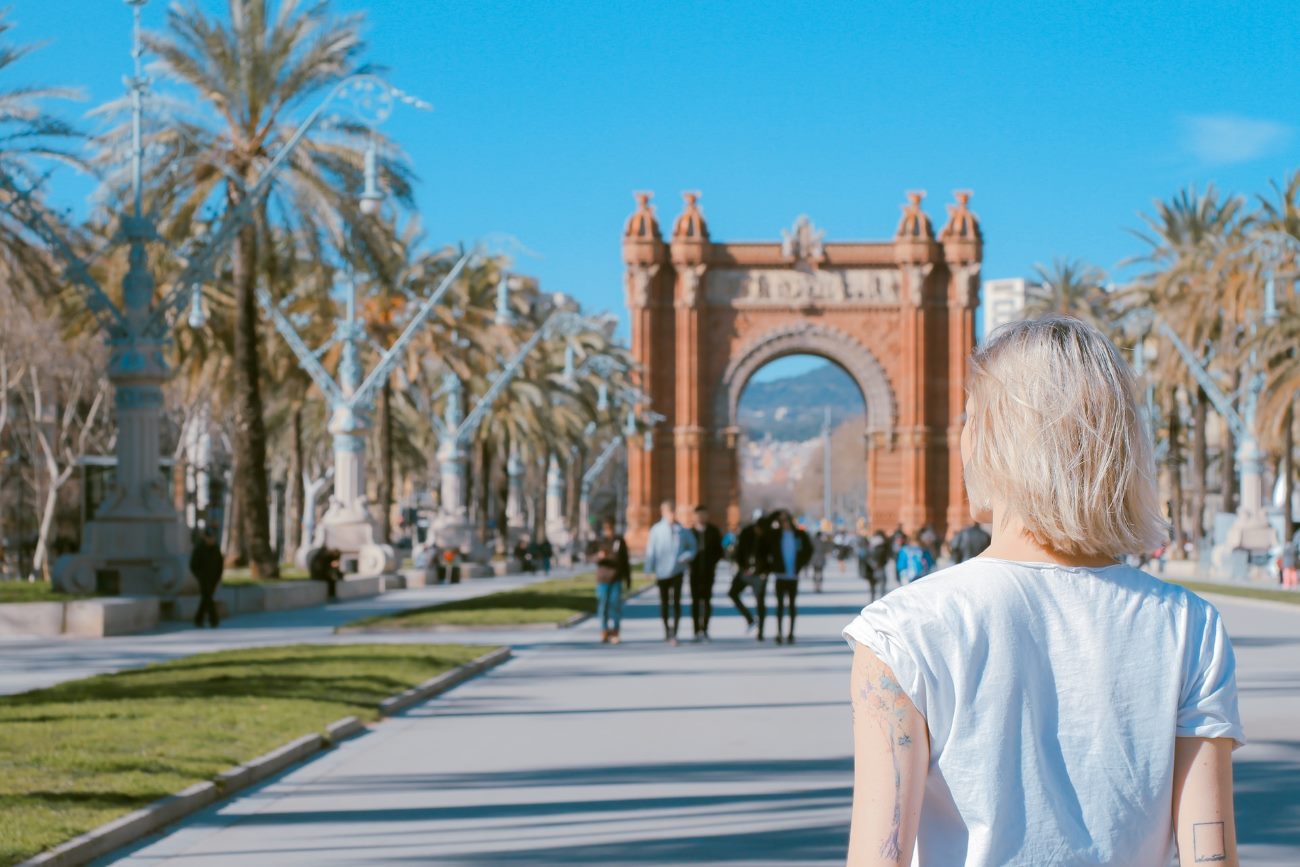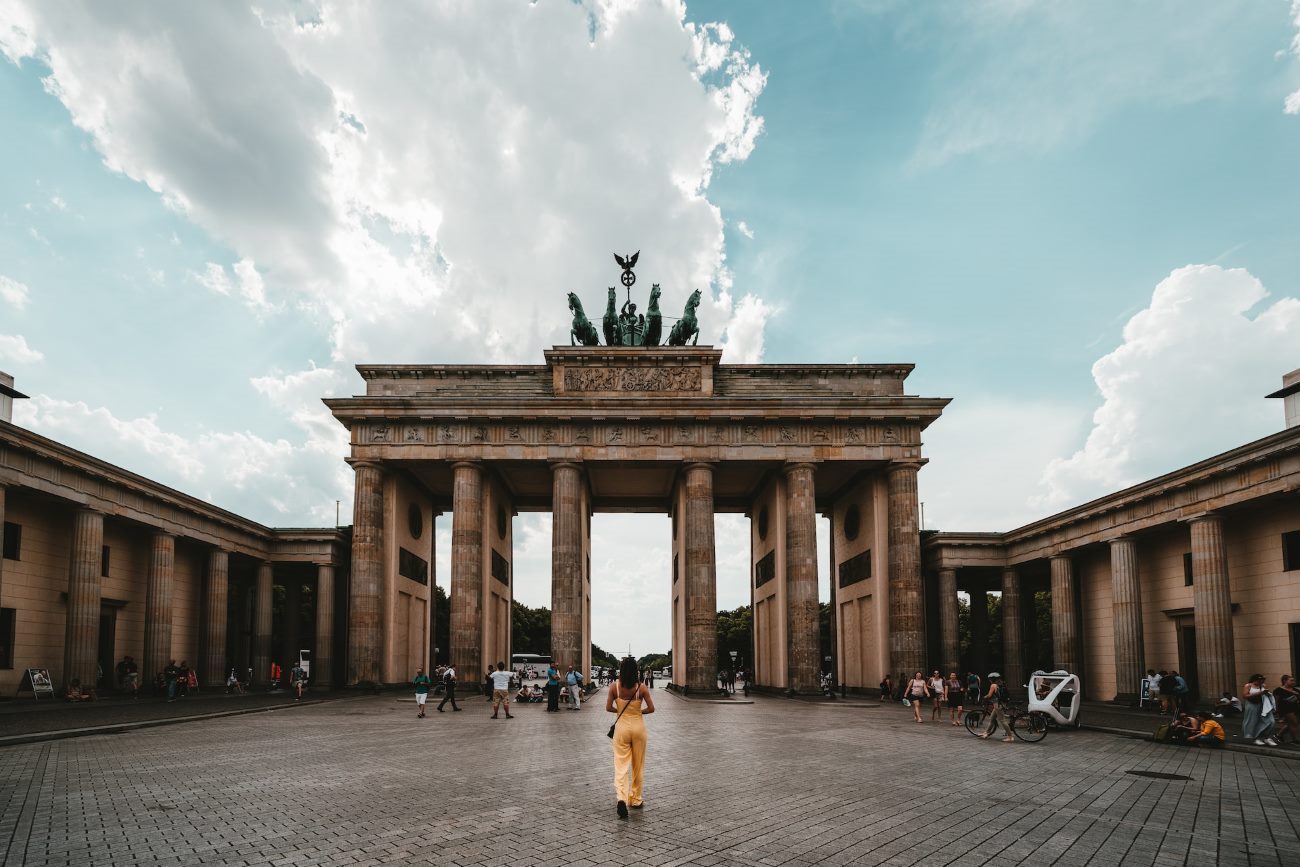What Does a Blue Light Mean in Amsterdam?
Amsterdam is the capital city of the Netherlands and recognized by its night life and street of prostitution. Many tourists asking themselves or their friends and families about the prospects of the blue lights that they can notice in some Amsterdam locations. In the following article, let me give you the information about what a blue light may mean in Amsterdam so that you can maximize your travel experience in such a beautiful city.
Understanding the Red-Light District
There is also an area in Amsterdam where prostitution is legal and Commercial sex workers are legally allowed to operate. It is a cultural hub that is very popular and visited by tourists from all over the world belonging to the city of Amsterdam.
In the red-light area you will find numerous buildings with the neon signs lit in red color hanging over windows. These lights inform the public that the sex workers are ready for business, for lack of a better put. However, among the red lights, you might as well distinguish some places that will have blue lights.
What Does a Blue Light Indicate?
The particular blue lamp in the Window of Amsterdam means that the house is not including the traditional needs of prostitution. Instead it could be interpreted as peep show, venue friendly to queer community, LGBTQIA+, or any nonsexual business. This variety also works to the different needs of people as it presents different types of hotel to fit all the needs of people.
From the foregoing, it can be argued that most of the light blue-colored signs are particularly important in enhancing the equality and non-discriminatory nature of the district and to ensure that the likelihood of discrimination based on one’s color or race is minimized.
Other Meanings of Blue Lights
It needs to be understood that even though the advertisement and the most extensive usage of the blue lights are related to the red-light district in several locations, the blue lights are functional in several other ways in other contexts.
1. Emergency Services
Amsterdam emergency services have realized their symbols in response to the emergency situations like fire, medical assistance, or accidents in the streets with the use of blue lighting. These lights assist in finding out and reaching out the emergency persons or workers such as the police, fire fighters and others.
2. Nighttime Economy
Generally speaking, blue lights are employed to set the mood for Night Amsterdam. You may also observe blue lights used in bar, clubs, restaurants and any place that is seen to create an ambiance of joviality.
3. Bicycle Lighting
In fact, since bicycles are widely used means of transport in Amsterdam, blue can be used for lighting bicycles. These colors may be reflected in the interest to use blue lights by cyclists to enhance their visibility to other road users.
Tips for Navigating Amsterdam
Here are some tips that will be helpful particularly when you are planning your trip to Amsterdam:
- Let me give respect with the employees within the red-light district and their rights to their privacy and dignity.
- This will help also in avoiding issues to do with photography especially when the area forbids taking of photographs.
- Get to learn some of the facilities available within the district with both red and blue lights.
- When in a place such as the red district, then it is advisable to ensure that you take your pictures in well illuminated and crowded places.
- Follow local laws and regulations.
Conclusion
The blue lights in Amsterdam’s red-light district enterprises, or coffee-shops are more than consumption of adult entertainment. They imply versatility, plurality, and the expanded offer within the region of services. It is therefore significant to get an understanding of the cultural implication of these lights in order to have the best experience in Amsterdam.
Please mind how you behave and always remain open to see what is outside of the red-light district.
Table of Contents



